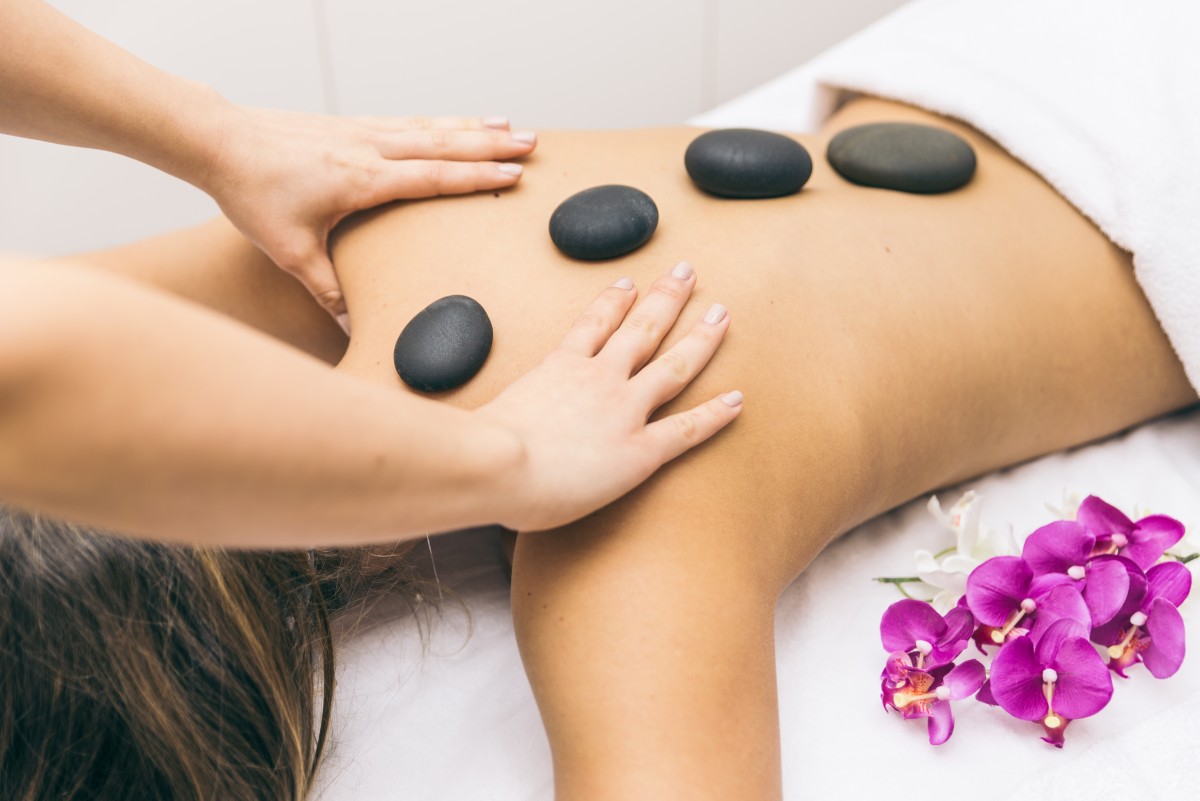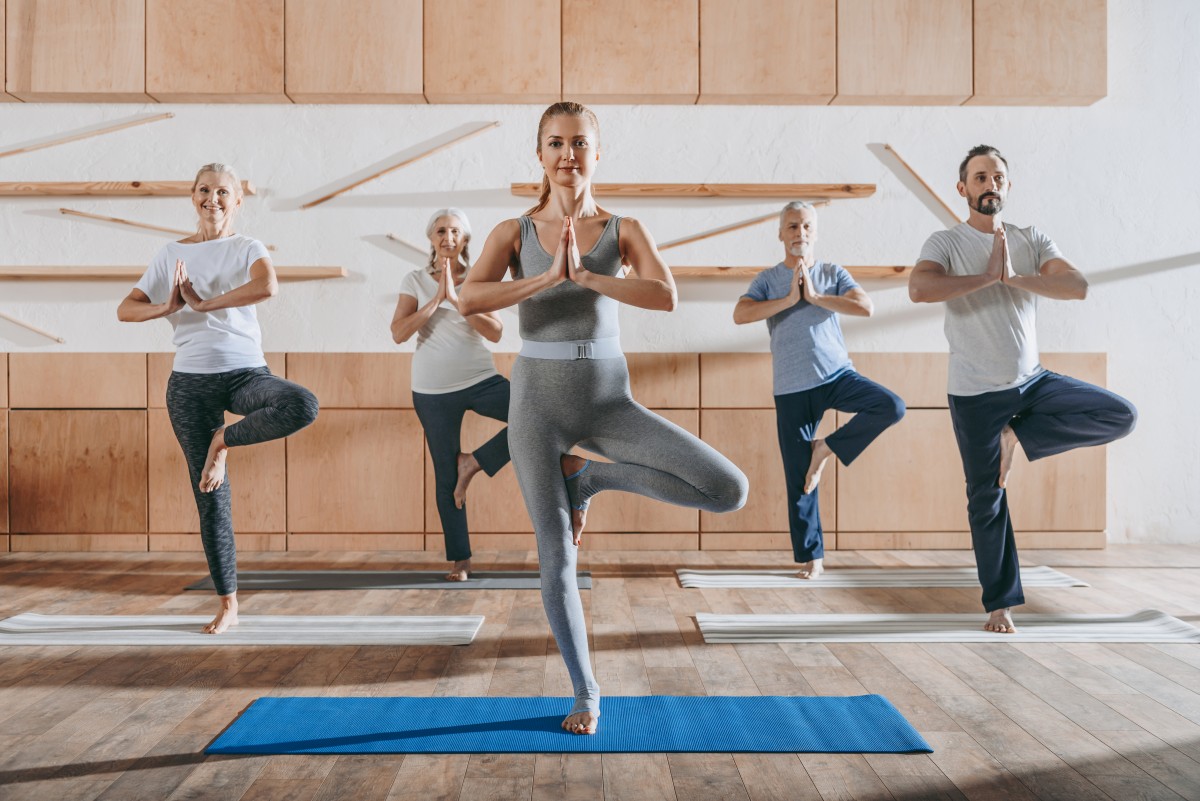Oriental therapies are a set of theories and practices for the benefit of human health.
The human being is a complex being. Maintaining your balance is based on a healthy lifestyle, both physical and psychological, but it also depends on many other factors. As Eastern philosophies have taught us millennia ago, everything in the universe is interconnected. Traditional Chinese Medicine (TCM) and other oriental practices, for example, are a way of understanding the universe and its interrelationships, and can be a powerful tool for getting to know each other better, in addition to, who knows, helping to achieve this harmony. that human beings aspire to.
Oriental therapies are a set of theories and practices for the benefit of human health. Its relative complexity is mainly due to its philosophical and symbolic basis. They see the body, heart and mind as a whole, considering phenomena not in isolation, but in terms of the relationships between them. Therefore, the health of an organ or a person depends on multiple factors, all of which are interconnected.
You may have heard of acupuncture and yoga, but do you know what these oriental therapies really mean? Learn a little about them and others below.
Table of Content
1. Acupuncture
Acupuncture is an ancient therapy that has been practiced for over 5,000 years. It is based on two fundamental principles of Traditional Chinese Medicine. The first is Yin and Yang, which symbolizes the two opposing parts existing in everything. For example, woman is Yin and man is Yang, water is Yin and fire is Yang. They oppose each other, complement each other; one cannot exist without the other.
The second principle is that of the five elements. The universe is formed by the movement and transformation of five elements, namely: wood, fire, earth, metal and water. This theory is used to explain physiology and pathology, as well as the relationships between the organism and the surrounding environment.
The Chinese considered acupuncture (from Latin acus, “needle”, and pungere, “to prick”) a method capable of stimulating the body's defenses and balance. It is based on the theory that the body carries a constant flow of electromagnetic vital force through a network of “meridians.” Needles are inserted into specific points of the meridians to stimulate or disperse the flow in order to correct an imbalance.
Acupuncture was officially recognized in 1978 by the World Health Organization (WHO) as an effective and accepted medical practice.

2. Shiatsu
Shiatsu is a therapeutic treatment from Japan. It uses the finger pressure method (shiatsu = finger pressure), with thumbs, fingers, palms, elbows, knees, feet and toes as instruments for a kind of massage, without the use of other instruments mechanics or doctors. Massage balances the flow of energy in the meridians, which we have already talked about above, so that after a sufficient number of sessions, the energy is balanced.
The treatment was developed by integrating traditional Japanese manual therapies with modern Western medical knowledge. It is a non-invasive therapy that can help reduce stress and contribute to overall health and well-being. This is believed to have both preventive and corrective effects. It can be used to treat a wide range of internal, musculoskeletal and emotional conditions.
It is ideal for treating, for example, headaches, PMS, digestive disorders, fatigue, insomnia, fibromyalgia, stress, anxiety and pain, including pain in the lower back, neck and joints. The effect can be stimulating and invigorating or calming, depending on the purpose of the session.
To learn more, we recommend reading below:
- Shiatsu: discover the Japanese therapeutic massage that balances the body and mind

3. Yoga
The word yoga means the union of body and mind. From a physical point of view, the practice of yoga develops flexibility and body awareness, increases strength and balance, and can help with some musculoskeletal problems. Yoga improves postural alignment and increases mobility.
In addition to the physical benefits, yoga plays an important role in the nervous system. It allows access to the parasympathetic nervous system, helping, among other things, to better control stress, have a more relaxed mind and face life more calmly. In addition, it also helps to become aware of the breath, to deepen it and to breathe better, through different breathing techniques.
It is recommended to be in good health and have a certain level of physical fitness to enjoy the benefits of more dynamic yoga practices; otherwise, it becomes difficult to keep up with the pace, which creates the risk of injuries. For those with back problems, it is better to consider less dynamic yoga, where time is needed to learn postures correctly, such as Iyengar and Hatha. There are many different styles of yoga, and each one emphasizes a specific aspect of the practice.
The practice of yoga teaches us to manage our mind so that calm, stability and inner peace are established in us.

4. Reiki
Reiki is a holistic therapy of Japanese origin. It consists of balancing a person's energies and awakening a healing process so that he can find lasting and deep peace, both on the level of the body and on the level of the mind.
This meditative relaxation happens by touching specific points in the body's energy flow. The practitioner places their hands on different parts of the patient's body and allows energy transmission to take place. In this process, the practitioner acts as a channel of universal energy, transmitting it to the patient in order to restore their vital force, without involving their personal energy. This energy is directed to the areas of the body that need it most.

Reiki understands that low energy levels in the body lead to a general state of vulnerability. And when energy flows evenly and harmoniously, a person feels more connected and more aware of the present moment. This is the secret to good balance on all levels of being: spiritually, psychologically and physically.
The practice is also philosophical, inspired by Buddhism, Shintoism and meditation techniques, in a holistic, that is, global dimension. The goal is to find peace within yourself.
